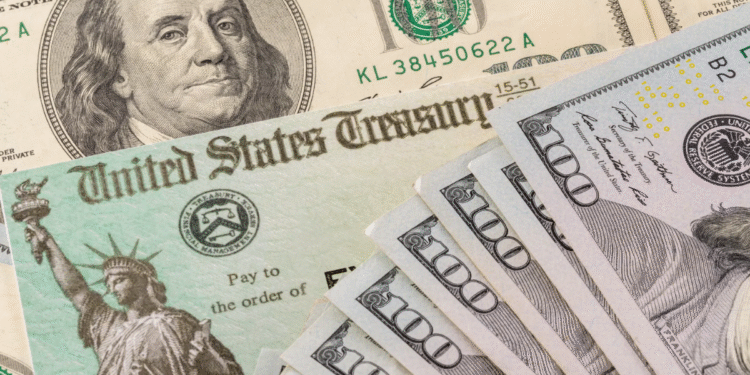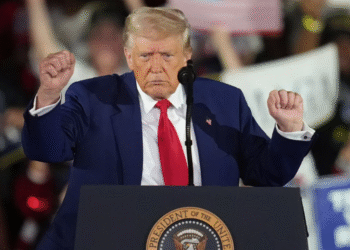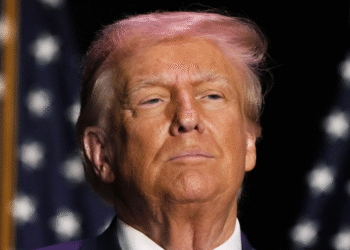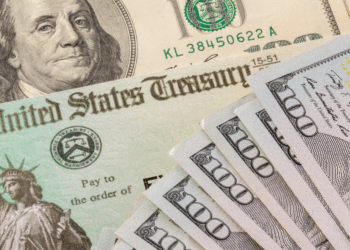There’s finally a piece of positive news for many Americans – a $400 stimulus payment is in the works, and it could benefit a large section of the population. Whether you’re struggling with rising costs, high rent, or simply need a bit of financial relief, this new payment may bring some support.
What Is the $400 Stimulus Payment?
This Article Includes
The $400 stimulus payment is a one-time financial support that is either being proposed or rolled out by certain U.S. states or under federal relief programs. These types of payments are usually designed to help low to middle-income households cope with high inflation, utility bills, and other living costs.
This payment is not part of the regular federal stimulus checks we saw during the COVID-19 pandemic, but some states and local governments have started offering similar relief based on their own budgets and surplus funds.
Who Is Eligible for the $400 Payment?
While eligibility may vary depending on where you live and how the program is being implemented, here are some common conditions that are being considered for qualification:
- Income-based eligibility: Individuals earning less than a set limit (for example, $75,000 annually for individuals or $150,000 for married couples) may be eligible.
- Residency status: You must be a resident of the state offering the payment.
- Tax filing requirement: You may need to have filed your taxes for the previous year to qualify.
- Benefit recipients: Some states are giving these payments to those who already receive benefits like Social Security, SSI, or SNAP.
Make sure to check your state’s official website to confirm if they are participating and what specific conditions apply.
Which States Are Sending These Payments?
As of June 2025, several states are planning or continuing to send out one-time stimulus-style relief payments. Here are a few states that have either confirmed or proposed the $400 relief:
- California: Through programs like the Middle-Class Tax Refund, the state has been distributing financial aid to low- and middle-income residents.
- New Mexico: Known for supporting families through rebates, New Mexico has also proposed a $400 direct relief in the past.
- Minnesota: The state may offer a one-time tax rebate payment that could reach up to $400 for qualifying individuals.
- Other states like Arizona, Michigan, and Colorado may also announce similar relief depending on budget availability.
Always stay updated with your local state treasury or Department of Revenue for the latest updates.
When Will You Get the $400 Payment?
The payment schedule depends on when your state finalizes its budget or passes legislation. If it has already been approved:
- Payments might begin as early as July 2025.
- Some states may send direct deposits, while others might mail checks or prepaid debit cards.
- You may get the payment automatically if you already qualified for earlier relief or filed a 2024 tax return.
If your state hasn’t announced anything yet, the timeline might shift. But many states are speeding up the process due to growing financial pressure on residents.
How to Claim the $400 Payment
In most cases, if you meet the eligibility, you won’t have to apply separately. Your state will use your tax records or benefit status to issue the payment automatically.
However, if an application is required, here’s what you should do:
- Visit your state government’s official website.
- Check for announcements under “stimulus payments,” “rebate checks,” or “direct relief.”
- If there’s a form or portal, fill it out with your personal and financial details.
- Make sure to provide accurate bank details if direct deposit is an option.
Be aware of scams! Always avoid third-party websites that ask for money or sensitive information.
Final Words
As the cost of living continues to rise, this $400 relief payment could bring timely support for many households. Keep a close eye on updates from your state and make sure your information (especially tax details and direct deposit info) is up to date.
Even if your state isn’t offering the payment now, new proposals are coming up regularly – and you could still be eligible in the next round.























